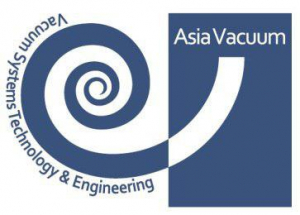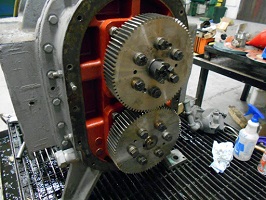vacuum pump For Brick And Ceramic Industry
vacuum pump For Brick And Ceramic Industry
With the continuous improvement of people’s living standards, people’s decorative requirements for building ceramics are also getting higher and higher. People especially like the style of natural marble stone in places such as home furnishing. However, if marble and other materials are used to make bricks for laying, no matter in material mining or brick manufacturing, more human and material resources are consumed , expensive.
At the same time, due to the increasingly fierce competition in the construction ceramic market, in order to expand market share, manufacturers have invested more in high-tech products (such as the current underglaze color glazed tiles, ink-jet printing and other secondary firing microcrystalline composite tiles) while reducing costs and increasing product designs. The technology of this product is relatively mature, but the production cost is still high, and the finished product can not reach To stone texture or bump effect. Therefore, how to produce a kind of ceramic tile with low production cost and revolutionary breakthrough in pattern texture, material and production technology is a hot issue in the construction ceramics industry.
In the production of bricks, roofing tiles, porcelain and industrial ceramics, the important sign of quality is that there is no cavitation products. After firing, ceramics containing such cavities may be destroyed in the kiln, in extreme cases even the entire batch. In bricks, this quality defect usually takes years to appear; in winter, water seeps into the pores of the surface and breaks them.
pump-for-brick-and-ceramic-industry
Vacuum is the main component of ceramic processing. Especially in mixers and extruders, vacuum technology can Degas clay compounds, thus eliminating air inclusions in the pressing / extrusion stage, thus ensuring the molding products with almost no pores. This also greatly improves their dimensional stability, avoids the deformation before drying, and ensures the accurate dimensional accuracy of the finished product.
After loading the brick clay into the extruder, the vacuum is used to remove the air, thus preventing cavitation and subsequent brick cracking. Similar to brick clay, ceramic clay is first put into the mixer and pressurized with water or steam to form a uniform mixture. It is then transferred to the extruder and pressed into the die under high pressure. The material is then extruded to a suitable length, dried and fired.
Vacuum smelting, brick, ceramic manufacturing industry vacuum technology for metallurgy, brick and ceramic industry is a very important part. It can be used to prevent metal from being oxidized due to high temperature during processing. The water and air in the bricks and ceramics are evacuated by vacuum to ensure the quality they have.
Applicable products: slide valve vacuum pump series, rotary vane vacuum pump series, vacuum unit, water ring vacuum pump series.
Oil lubricated rotary vane vacuum pump has been put into use in such applications. Now, a new clay degassing system named is introduced, which is designed in close cooperation with the brick factory. The core component of the vacuum system is a dry rotary vane vacuum pump. It compresses the air and water vapor it takes in without oil or water. The system is equipped with filter, water cooling and control system, with two sizes.



